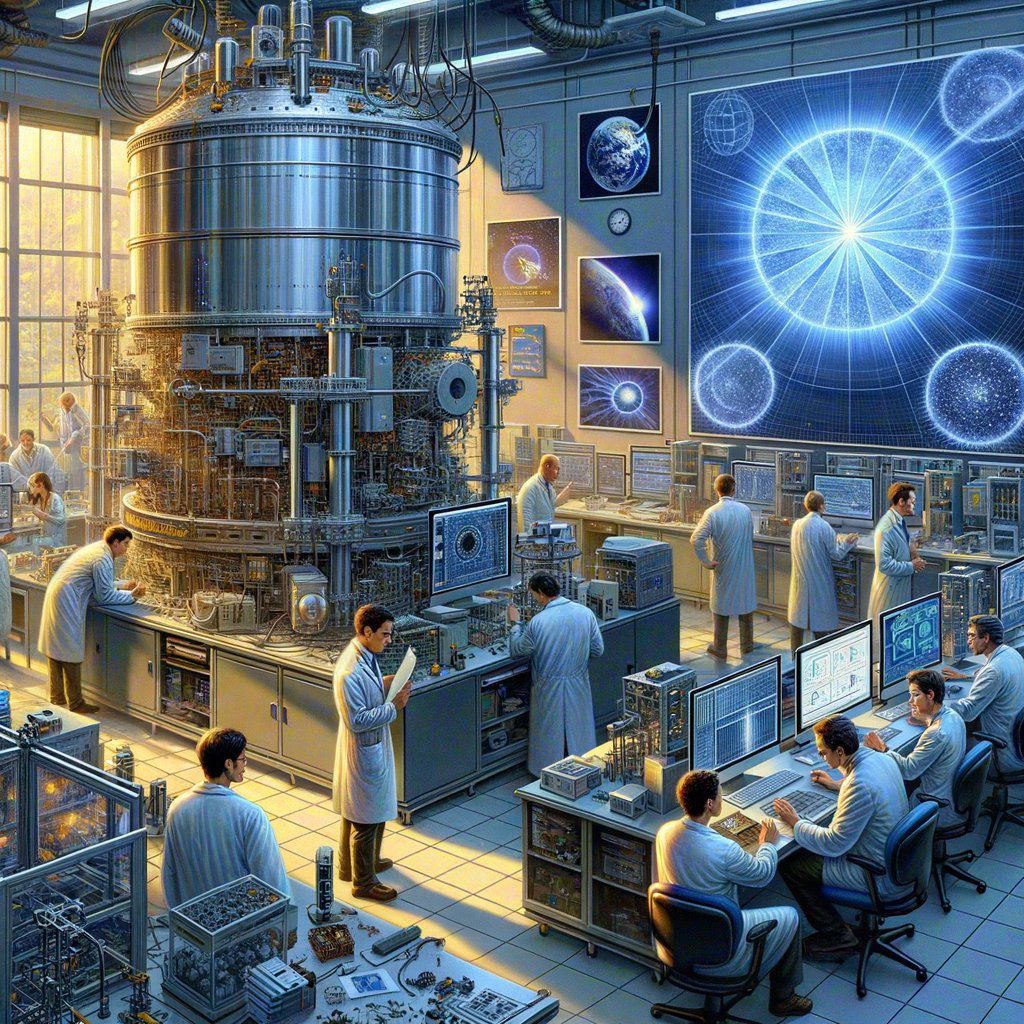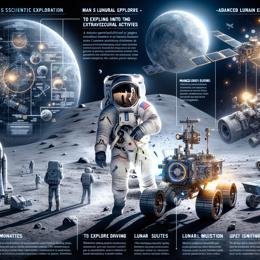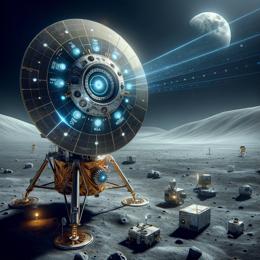Image created by AI
NASA Selects University of New Hampshire to Craft Key Solar Wind Sensors for NOAA’s Space Weather Initiative
In an ambitious stride to augment our understanding of solar phenomena and their impacts on Earth, NASA has chosen the University of New Hampshire (UNH) to take the helm in constructing sophisticated Solar Wind Plasma Sensors. These instruments are a vital component of the Lagrange 1 (L1) Series project under the umbrella of the National Oceanic and Atmospheric Administration’s (NOAA) Space Weather Next Program.
With a substantial contract of roughly $24.3 million, UNH will embark on the creation of two sensors primarily focused on examining the Sun's omnipresent solar wind – a stream of charged particles that bears the potential to disrupt communication and navigation systems on Earth. The awarded contract is a cost-plus-no-fee grant which showcases the financial commitment to a better grasp of space weather dynamics.
The UNH team is tasked with a broad mandate that encompasses designing, developing, and testing the sensors. These efforts will extend from October 24 for a span of approximately nine years, with the contract culmination estimated 15 months post the launch of the second sensor. This extensive period reflects the complex and thorough work required to achieve proficiency in space weather analysis.
This project not only involves UNH but also sees the collaboration of the Johns Hopkins Applied Physics Laboratory in Maryland, acting as a key subcontractor. The transformative work will be carried out at UNH’s facilities and will later involve post-launch operations at the NOAA Satellite Operations Facility in Maryland.
The Solar Wind Plasma Sensors represent a leap forward in space weather monitoring. They’re designed to precisely gauge the solar wind and play a significant role in the forecasting capabilities of NOAA's Space Weather Prediction Center. These forecasts are crucial for minimizing the adverse effects of solar storms, which can lead to significant interruptions in radio transmissions and Global Positioning System (GPS) services.
By scrutinizing various solar wind attributes like velocity, temperature, and density, scientists can better characterize and anticipate the occurrences of coronal mass ejections and other solar events. Such proactive measures are integral to protecting infrastructure and ensuring the uninterrupted functioning of critical services that depend on electromagnetic signals.
The NASA-NOAA partnership reflects an intricate collaboration wherein NASA, with commercial allies, is responsible for the development, launching, testing, and operation of the satellites, while NOAA manages the L1 Series project’s program, operations, and data product distribution to users. This inter-agency cooperation ensures a strong and coordinated approach to tackling space weather challenges.
Overall, the contract awarded to the University of New Hampshire marks a strategic move in the advancing field of space weather research, with substantial implications for our technologically reliant society.










